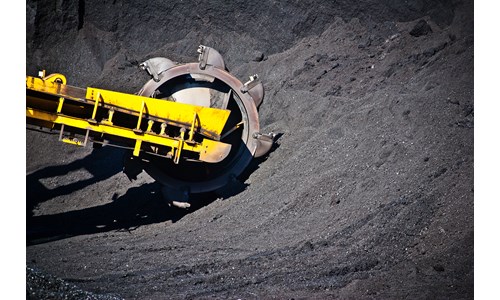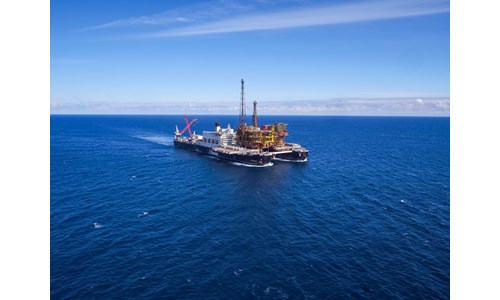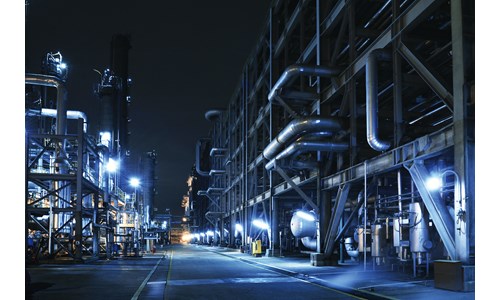Can Vietnam's power plan generate US$170 bn of investment?
*Please note that this report only includes an Excel data file if this is indicated in "What's included" below
Report summary
Table of contents
- Executive summary
-
Key aspects of the revised PDP VII
- PDP has a history of over-estimating power demand (unlike Wood Mackenzie)
-
Lower 2030 demand but ambitious growth rates are maintained
- Reduced capacity build-up
-
Changes to the fuel mix – greater role for solar but coal continues to be favoured
- Share for coal remains significant despite revision to demand
- Gas demand is marginally squeezed despite additional capacity
- Renewables can play a greater role with right level of incentives
-
Challenges to implementation
- National companies are financially stretched
- The aspirations for private investment do not reflect recent history
- Implementation of feed-in-tariffs
-
How can private investors navigate the opportunities?
- New regulations may start to provide some clarity
- Developing gas plants is difficult and the government doesn't prioritise domestic gas
- Coal plants face fewer hurdles than gas
- What else is needed from the government?
- Conclusion
Tables and charts
This report includes the following images and tables:
- Investment requirements PDP VII vs Wood Mackenzie expectations
- Power generation forecast
- Power capacity forecast
- 2015 generation forecast (from 2011) vs actual generation
- Can Vietnam's power plan generate US$170 bn of investment?: Image 3
- Generation by fuel in 2030
- Generation mix by fuel in 2030
- IPP participation
- Share of IPPs
What's included
This report contains:
Other reports you may be interested in
China economic focus July 2024: takeaways from the third plenum
China is preparing to shift to new growth engines.
$950A glimmer of hope: Mexico power and renewables long-term outlook H2 2019
Mexico’s new energy approach has fueled uncertainty and doubts about the opening of the market
$8,000Asia Pacific Upstream Service update - Q3 2016
A snapshot of the key upstream assets and country summaries updated in Asia Pacific this quarter.
$1,350














